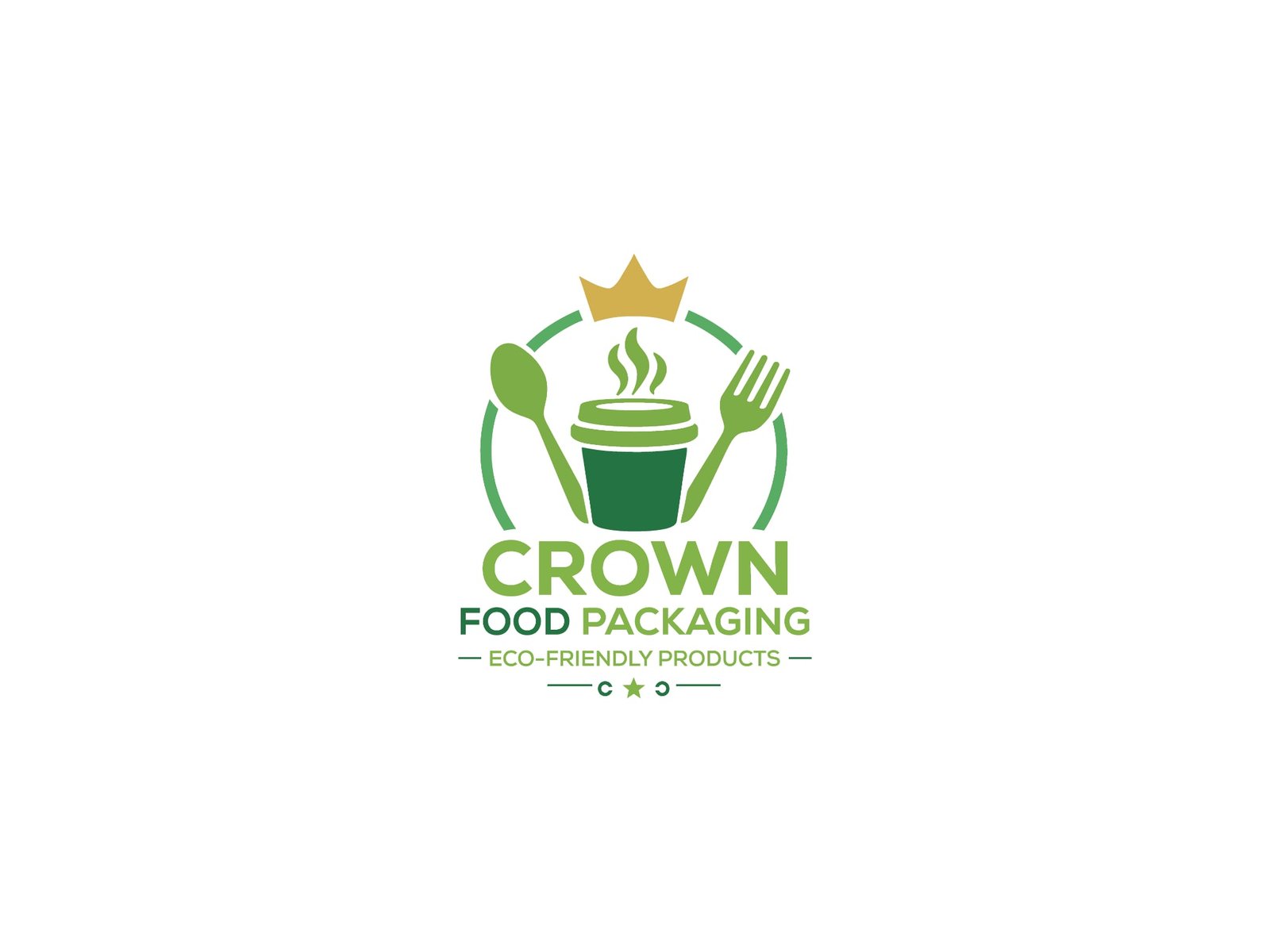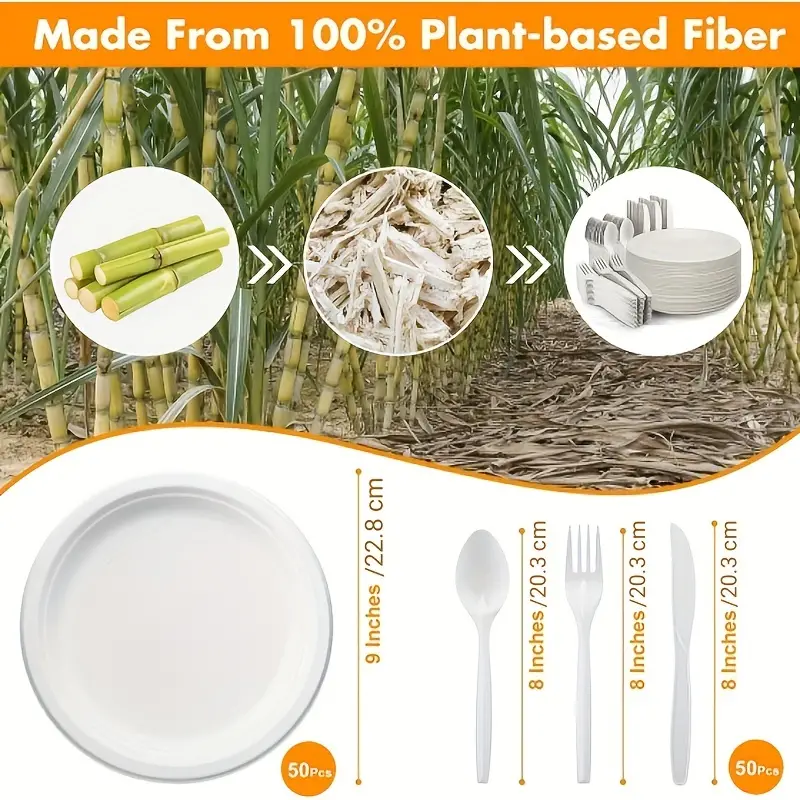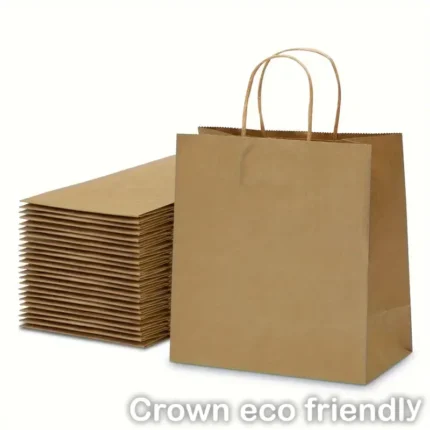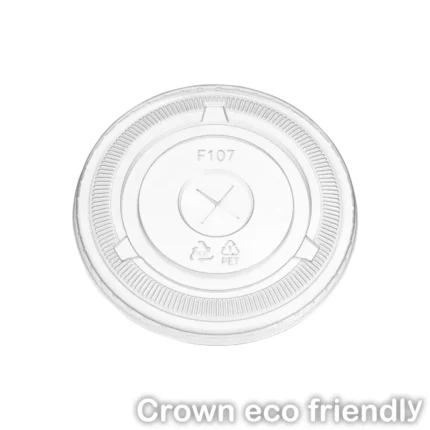Introduction
Plastic cutlery has become an integral part of modern life, offering convenience and versatility in various settings. Whether you’re enjoying a picnic in the park, hosting a large party, or grabbing a quick bite from a food truck, plastic utensils are often the go-to choice. This article explores the evolution, benefits, and future of plastic cutlery, providing a comprehensive look at this everyday essential.
The Evolution of Plastic Cutlery
Early Beginings
The journey of plastic cutlery began in the early 20th century with the advent of synthetic polymers. Initially, plastic utensils were seen as a novel alternative to traditional metal and wooden cutlery. Their lightweight and disposable nature quickly gained popularity, especially for outdoor events and fast food services.
Modern Innovations
Today, plastic cutlery has evolved significantly. Advances in material science have led to the development of more durable and eco-friendly options. Modern plastic utensils come in various forms, including compostable and biodegradable versions, addressing some of the environmental concerns associated with traditional plastics.
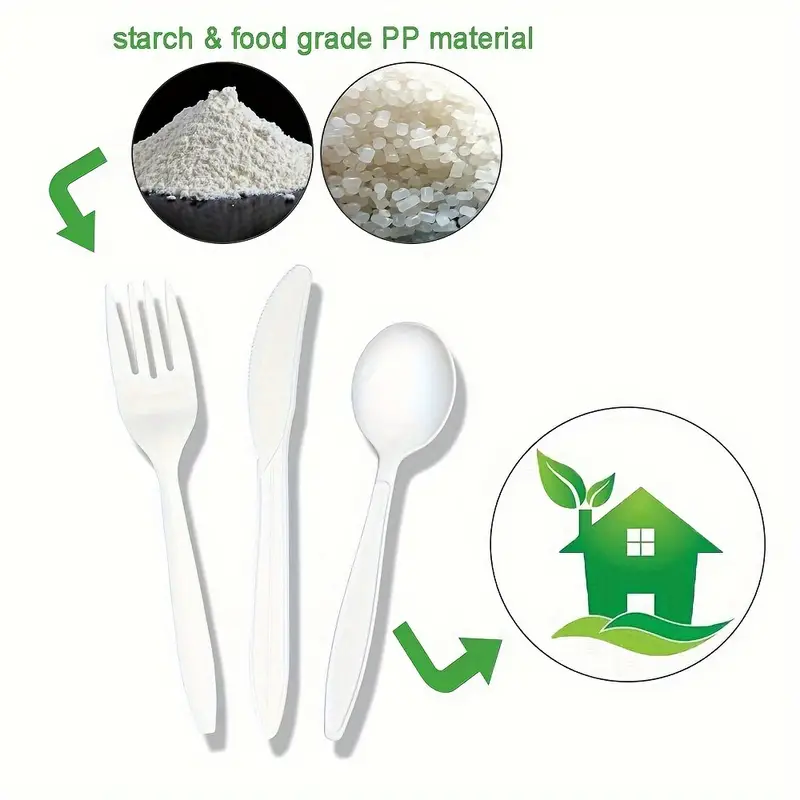
Types of Plastic Cutlery
Single-Use Plastic Cutlery
Single-use plastic cutlery is the most common type, often used in takeout and fast food services. These utensils are designed for convenience, providing a quick and hygienic solution for eating on the go. However, their disposable nature has raised environmental concerns, leading to calls for more sustainable alternatives.
Reusable Plastic Cutlery
Reusable plastic cutlery offers a more sustainable option. Made from durable materials, these utensils can be washed and reused multiple times, reducing waste. They are ideal for households, picnics, and camping trips, where durability and reusability are key considerations.
Advantages of Plastic Cutlery
Convenience and Portability
One of the main advantages of plastic cutlery is its convenience. Lightweight and portable, plastic utensils are easy to carry and use anywhere, making them perfect for outdoor activities, travel, and on-the-go meals. They eliminate the need for washing up, saving time and effort.
Cost-Effectiveness
Plastic cutlery is also cost-effective, especially for large gatherings and events. Compared to traditional metal cutlery, plastic utensils are inexpensive and readily available, making them a practical choice for parties, picnics, and other social events.
Plastic Cutlery in Different Settings
Household Use
In households, plastic cutlery is often used for parties and gatherings, offering a hassle-free alternative to traditional utensils. They are particularly popular for children’s parties, where breakage is a concern, and for casual, informal meals.
Outdoor and Recreational Activities
For outdoor enthusiasts, plastic cutlery is a must-have. Whether you’re camping, hiking, or having a beach day, plastic utensils provide a convenient and lightweight solution. They are easy to pack and dispose of, making them ideal for recreational activities.
Food Industry Applications
The food industry relies heavily on plastic cutlery for takeout and delivery services. From fast food joints to high-end catering, plastic utensils are ubiquitous, ensuring that customers can enjoy their meals without worrying about returning cutlery.
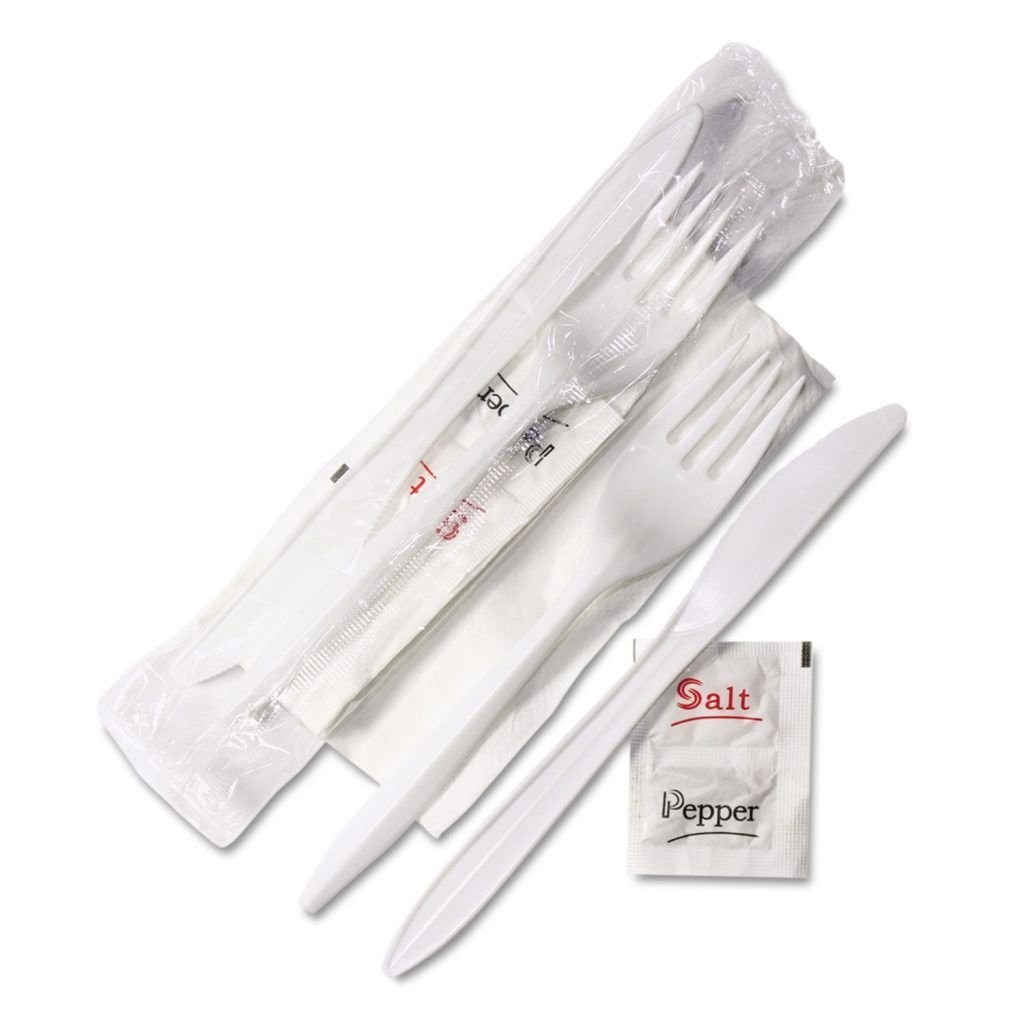
Innovative Solutions and Alternatives
Biodegradable and Compostable Options
Biodegradable and compostable cutlery made from materials like cornstarch, bamboo, and PLA (polylactic acid) offer a promising alternative to traditional disposable. These materials break down more easily, reducing their environmental footprint and providing a more sustainable option for consumers.
Recycling Programs and Initiatives
Enhanced recycling programs and initiatives are also helping to mitigate the impact of reusable cutlery. By promoting the collection and recycling of plastic utensils, communities can reduce the amount of waste that ends up in landfills and the environment. Some companies have even started take-back programs to ensure their products are properly recycled.
The Future of Plastic Cutlery
Sustainable Practices
The future of plastic cutlery lies in sustainability. As awareness of environmental issues grows, consumers and manufacturers are increasingly prioritizing eco-friendly practices. This includes the use of recycled materials, sustainable manufacturing processes, and the development of products that have a lower environmental impact.
Technological Advancements
Technological advancements are also playing a crucial role in the evolution of disposable cutlery. Innovations in material science are leading to the creation of new, more sustainable materials. For example, researchers are exploring the use of bioplastics and other renewable resources to create utensils that are both functional and environmentally friendly.
Conclusion
Plastic cutlery has come a long way since its inception, evolving from a simple, disposable alternative to traditional utensils to a more sophisticated and sustainable option. While environmental concerns remain, ongoing innovations and efforts to promote sustainability are paving the way for a greener future. By choosing eco-friendly alternatives and supporting recycling initiatives, we can continue to enjoy the convenience of reusable cutlery while minimizing its impact on the planet.
FAQs
1. What are the main types of cutlery?
The main types of reusable cutlery are single-use cutlery and reusable cutlery. Single-use is designed for convenience and disposal after one use, while reusable cutlery is made from more durable materials and can be washed and used multiple times.
2. Why is resuable cutlery popular?
Disposable cutlery is popular due to its convenience, portability, and cost-effectiveness. It is lightweight, easy to transport, and ideal for on-the-go meals, outdoor activities, and large gatherings.
3. Are there eco-friendly alternatives to traditional disposable cutlery?
Yes, eco-friendly alternatives include biodegradable and compostable cutlery made from materials like cornstarch, bamboo, and PLA. These options break down more easily and have a lower environmental impact.
